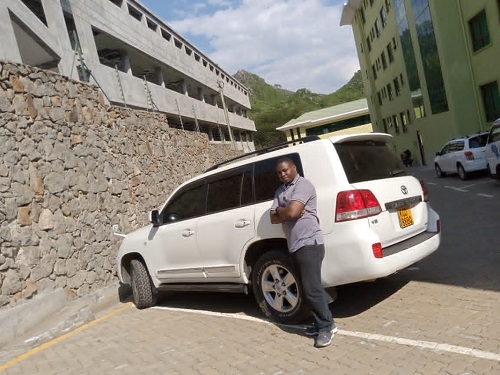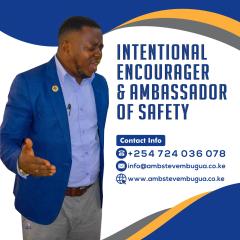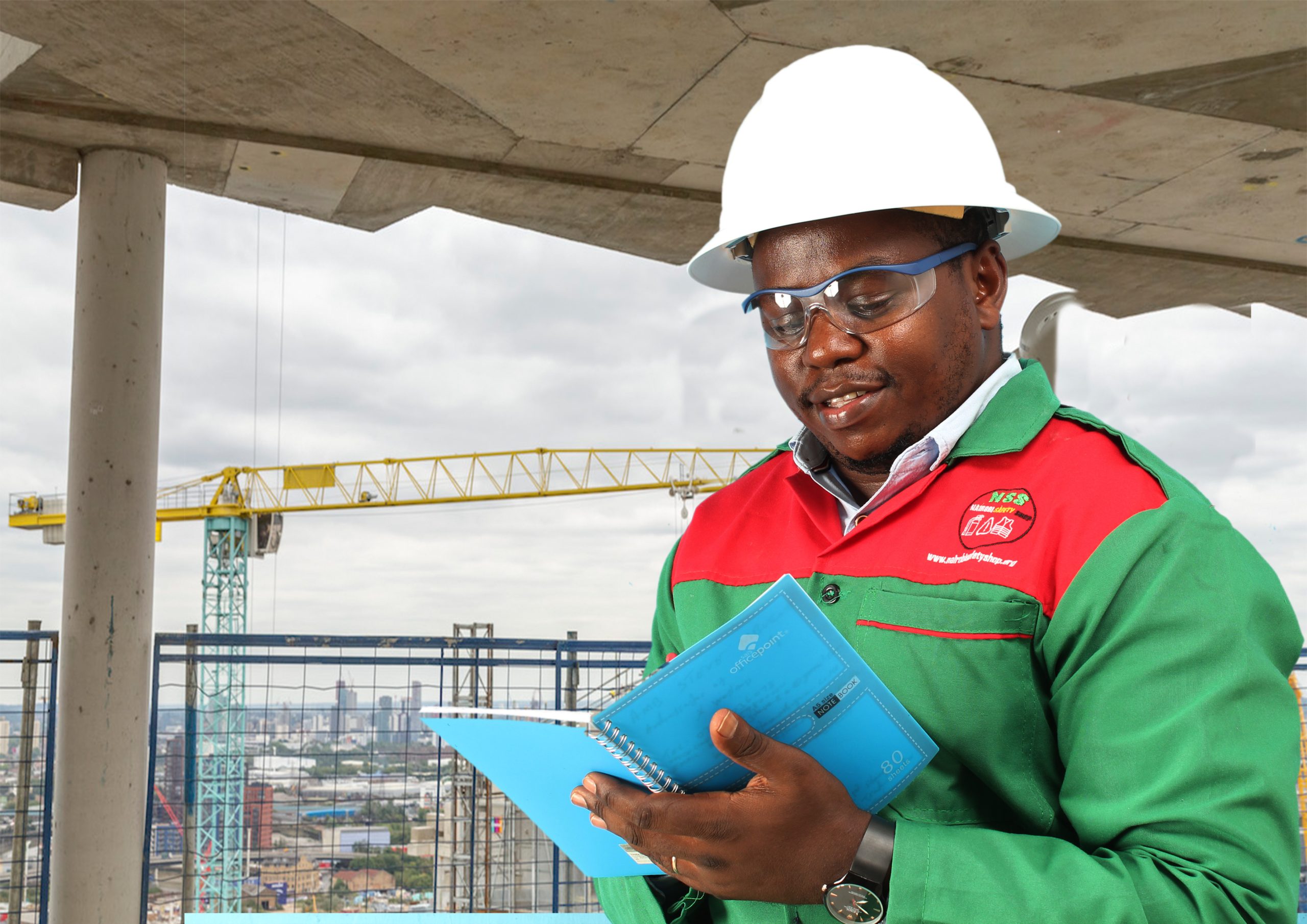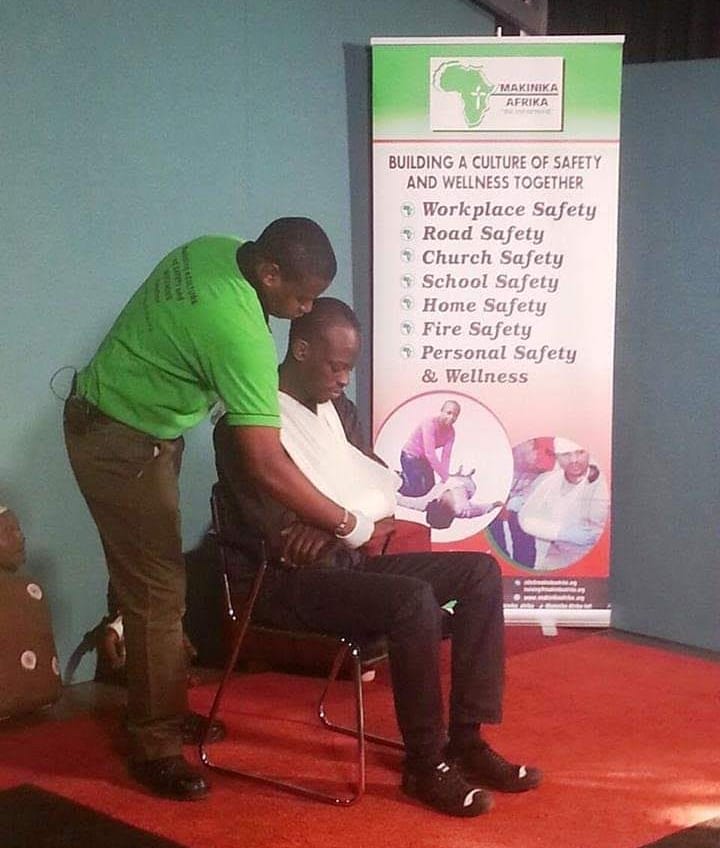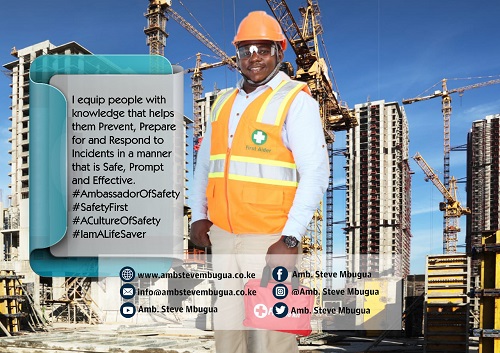In today’s rapidly evolving world, the importance of safety cannot be overstated. As industries grow, technologies advance, and global interconnectivity increases, the potential for incidents that threaten the well-being of individuals and communities becomes more complex. My name is Ambassador Steve Mbugua, and as an ambassador of safety, my mission is to help build a culture of safety by equipping people with the skills and knowledge necessary to prevent, prepare for, and respond to incidents in a manner that is safe, prompt, and effective. This book is dedicated to guiding individuals and organizations on the journey towards establishing a robust culture of safety.
Creating a culture of safety is essential for any successful organization. I have dedicated my career to helping organizations foster environments where safety is a top priority. In this article, I will share valuable strategies for building a robust culture of safety, focusing on enhancing awareness, engaging employees, and implementing best practices. By prioritizing these elements, organizations can not only comply with safety regulations but also create a proactive, safety-conscious environment that protects employees and promotes overall well-being.
The Imperative of Safety Culture
A culture of safety transcends compliance with regulations and standards; it embodies a commitment to proactive and continuous improvement in safety practices. It involves a shared belief system where safety is a fundamental value integrated into every aspect of an organization’s operations. This book explores the multifaceted approach required to cultivate such a culture, emphasizing that safety is not merely an operational protocol but a core value that must be ingrained in the mindset of every individual.
Defining a Culture of Safety
A culture of safety is characterized by:
1. Commitment from Leadership: Leaders at all levels must demonstrate a genuine commitment to safety. This includes prioritizing safety in decision-making, allocating resources for safety initiatives, and leading by example.
2. Employee Involvement: A true safety culture involves active participation from all employees. This means empowering workers to take responsibility for their own safety and the safety of their peers, encouraging open communication about safety concerns, and involving them in safety planning and decision-making processes.
3. Continuous Improvement: Safety is a dynamic and ongoing process. Organizations must continuously assess and refine their safety practices, learn from incidents, and adopt best practices to mitigate risks.
4. Education and Training: Equipping individuals with the knowledge and skills to identify hazards, respond to emergencies, and implement safety protocols is crucial. Regular training sessions, drills, and safety workshops ensure that safety knowledge is up-to-date and effectively practiced.
5. Integrated Safety Management Systems: Implementing structured safety management systems that incorporate risk assessment, hazard control, incident reporting, and performance monitoring helps systematically address safety issues.
The Journey to Building a Culture of Safety
My Book – Building A Culture Of safety – Available on www.ambstevembugua.co.ke will guide you through the essential steps to build and sustain a culture of safety within your organization. Each chapter delves into specific components and strategies that contribute to a robust safety culture:
1. Understanding Safety Principles: We begin by exploring the foundational principles of safety, including the hierarchy of controls, risk assessment methodologies, and the importance of safety regulations and standards.
2. Leadership and Commitment: Leadership’s role in fostering a safety culture is paramount. We will discuss strategies for leaders to visibly and authentically commit to safety, inspire their teams, and embed safety into the organizational fabric.
3. Engaging Employees: Employee involvement is critical for a successful safety culture. This chapter will cover techniques to engage employees, promote safety ownership, and encourage proactive safety behavior.
4. Training and Education: Continuous learning is essential for maintaining high safety standards. We will look at effective training programs, how to conduct meaningful drills, and ways to ensure that safety knowledge is retained and applied.
5. Implementing Safety Systems: A detailed look at safety management systems, including how to design, implement, and maintain systems that support safety objectives.
6. Emergency Preparedness and Response: Preparing for emergencies is a vital aspect of safety culture. This chapter outlines steps to develop comprehensive emergency response plans, conduct simulations, and ensure readiness.
7. Continuous Improvement: Safety is an evolving discipline. We will explore methods for continuous improvement, including auditing, incident investigation, and adopting new safety technologies and practices.
8. Case Studies and Best Practices: Real-world examples and best practices from various industries will provide insights into how successful organizations have built and sustained their safety cultures.
The Impact of a Safety Culture
The benefits of a strong safety culture extend beyond preventing injuries and accidents. It leads to higher employee morale, increased productivity, reduced downtime, and enhanced reputation. Organizations known for their commitment to safety attract and retain top talent, enjoy better relationships with stakeholders, and often experience financial gains from decreased incident-related costs.
In conclusion, establishing a strong culture of safety is more than just meeting regulatory requirements; it’s about creating an environment where safety is deeply ingrained in daily practices. As we have discussed, fostering awareness, engaging employees, and implementing effective safety practices are key to achieving this goal. By embracing these strategies, organizations can build a resilient safety culture that not only minimizes risks but also empowers employees to actively contribute to a safer workplace. Let us commit to these principles and work together to cultivate environments where safety is a fundamental value, ensuring a healthier and more secure future for all.
Building a culture of safety is not an overnight task but a continuous journey that requires dedication, collaboration, and unwavering commitment. My Safety articles on www.ambstevembugua.co.ke serves as a comprehensive guide, offering practical advice, actionable strategies, and inspiring insights to help you and your organization achieve and maintain a culture of safety. Together, we can create environments where safety is not just a priority but a way of life.
READ MORE
Safety Videos
Largest Safety Company
Steps to Building A Culture Of SafetyConducting Safety Training, Seminars and Conferences








